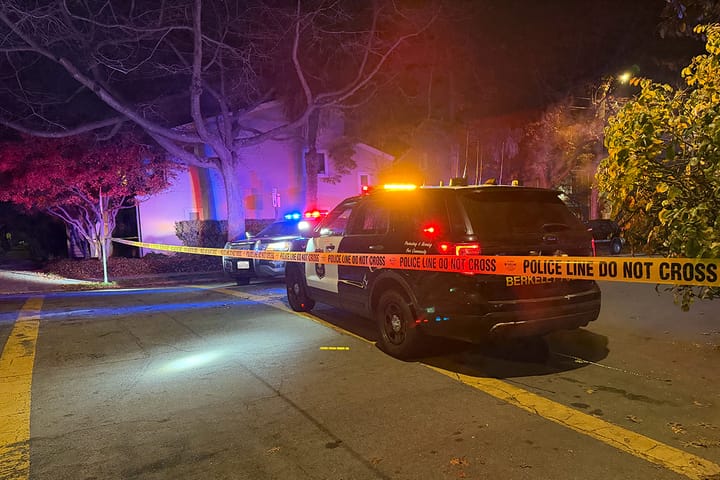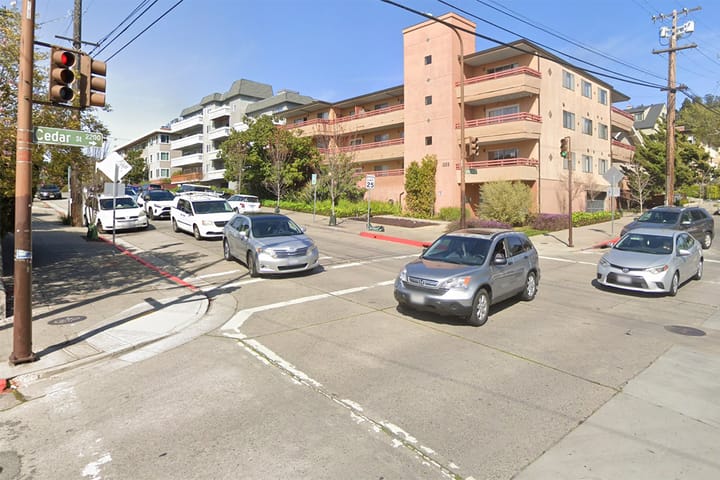Claremont Avenue traffic safety meeting draws a crowd
Since 2013, there have been seven severe-injury crashes on Claremont Avenue and one, over the summer, that was fatal.
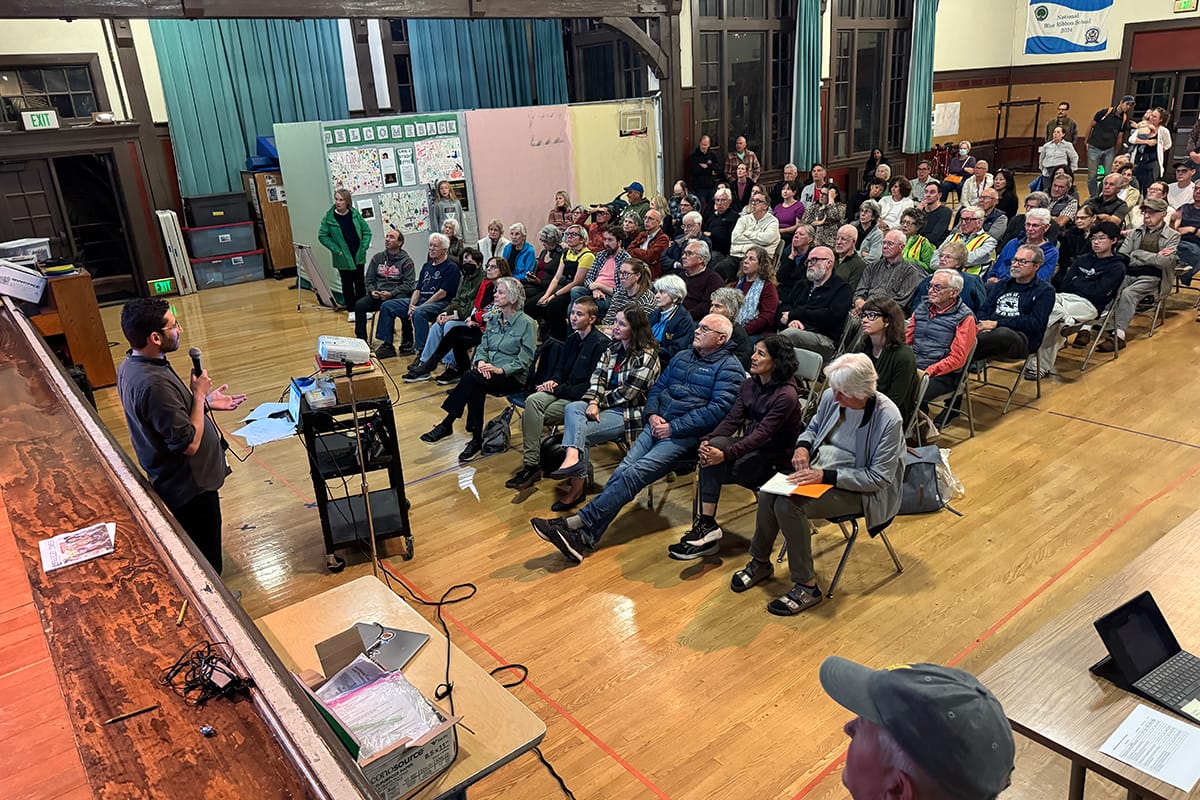
More than 80 local residents and city staff crowded into a Berkeley elementary school Thursday night to share ideas about improving traffic safety on Claremont Avenue after a fatal crash over the summer.
The city has already put forward a "quick build" project to be completed on Claremont in the coming months, with the possibility of broader improvements later once Measure FF money starts flowing.
Babak Dorji, who oversees Berkeley's Vision Zero program, kicked off the meeting, explaining how Claremont Avenue had been identified as one of Berkeley's high-injury streets: one of the 15% of city streets that account for 86% of Berkeley's severe and fatal collisions.
Since 2013, Dorji said, there have been seven severe-injury crashes on Claremont Avenue and one, over the summer, that was fatal.
Six of the eight incidents involved someone walking or biking.
In total, Dorji said, there have been 46 collisions on the avenue over the same period, with failure to yield the primary collision factor in 26% of the incidents; unsafe turns the cause in 17%; and unsafe speed the cause in 15%.
Dorji emphasized that a city analysis had found no trend as far as the primary collision factor in the serious and fatal crashes.
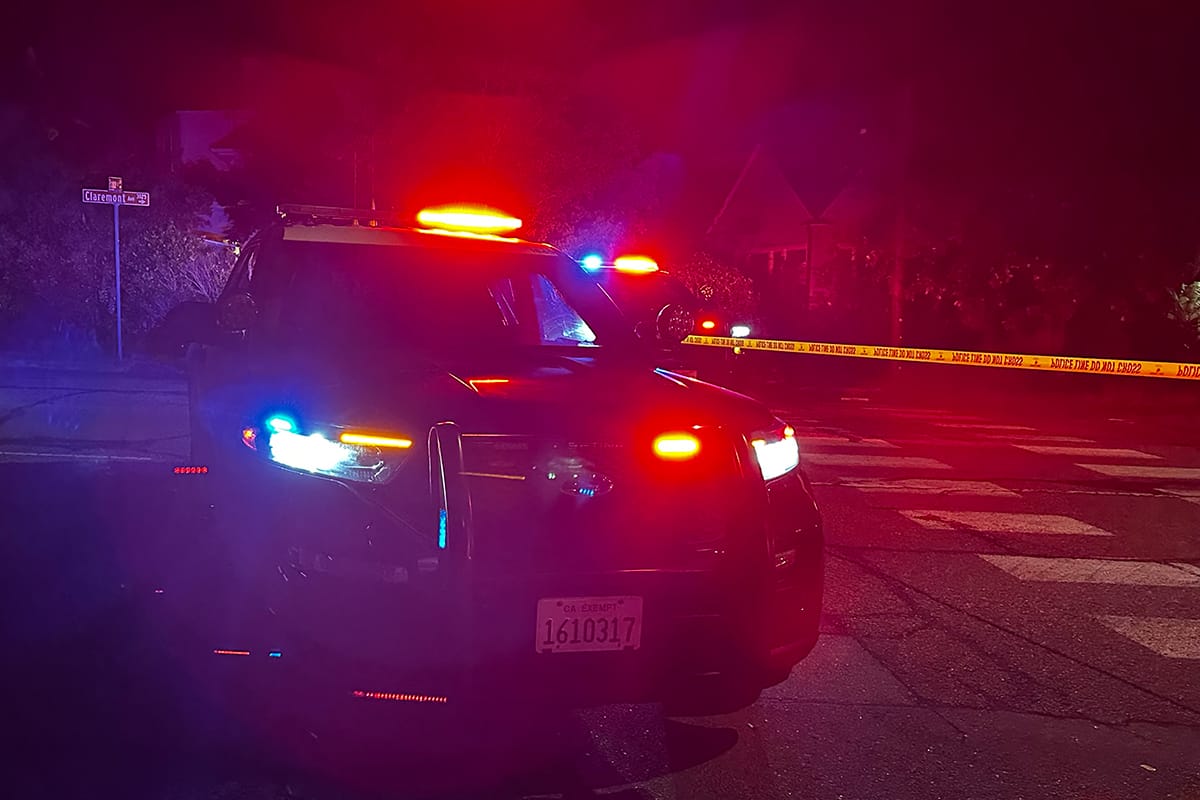
The city already presented its plans for Claremont Avenue at a small meeting last month.
But Thursday's meeting at John Muir Elementary School, which was organized by the Uplands Claremont Area Neighbors group, appeared to be the first large-scale presentation.
Councilman Mark Humbert and Mayor Adena Ishii were also in attendance.
Officials and staff took lots of time for community suggestions — although most were outside the scope of what's planned in the coming months, which include "high-visibility markings with shark teeth yield lines" to crosswalks, daylighting intersections by painting curbs red, "hardening" the center line with a new concrete barrier, and extending some of the curbs and medians into the roadway to slow down drivers making turns.
See Thursday's presentation about Claremont Avenue plans.
When it came to questions, some neighbors asked for answers about local businesses, including Safeway, that are breaking rules or not following neighborhood agreements about traffic policies.
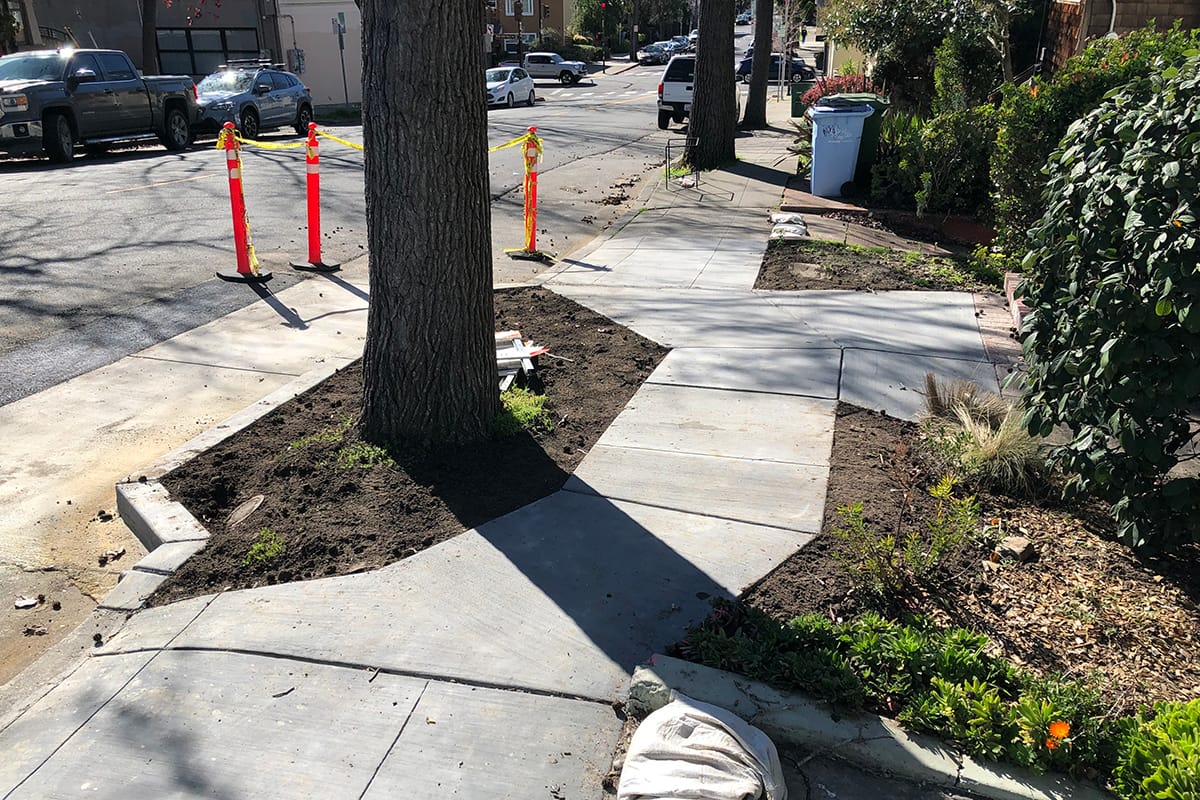
Many raised concerns about speeding on Claremont Avenue, with some suggesting a blinking red light or raised crosswalks at key intersections to slow down drivers between Ashby Avenue and Safeway, located at 6310 College Ave.
"There's nothing that stops that speed," one man said. "Some people really hit it, especially if they intend to get on the freeway."
Others said they weren't sure the quick-build plans did enough to address the speeding issue.
"All of the quick-build ideas … are great: Throw everything at it," one woman said. "But nothing is really going to change with speeds and safety — in particular, for those of us who ride bikes with kids down Claremont Avenue — until the geometry of the street changes. And I know that that's gonna be really expensive."
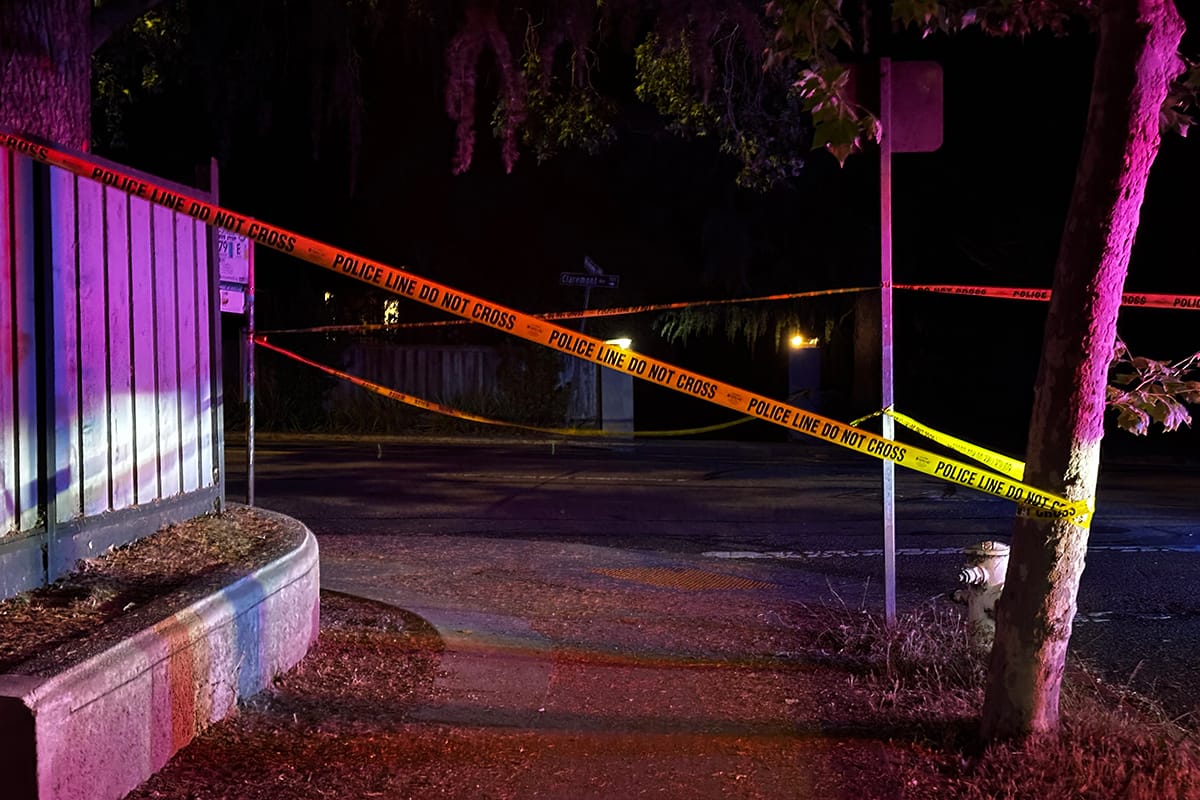
She said San Francisco and Oakland have both had success using paint and plastic bollards to implement a "road diet," narrowing the car lanes to slow down drivers.
Other residents spoke out strongly for more police enforcement — including the possibility of speed cameras, which have been effective at reducing speeds significantly in San Francisco.
"I wonder if there's a way to get good old-fashioned police giving tickets," one woman asked.
The crowd met Councilman Humbert with a hearty round of applause when he said he already had plans to ask to be added to a speed camera pilot underway in Oakland.
Audience members also cheered in response to a bid for action over more studies.
"We don't need a lot more meeting," one man said. "We see across the country what works, and in other countries what works. How do we just get that done instead of keeping on studying it and wasting our money on paper instead of on concrete?"
In response, staff explained that Claremont Avenue is a complex street — used by AC Transit, the Berkeley Fire Department and nearly 10,000 drivers a day. It's also one of the city's evacuation routes.
So any changes on the avenue must done with care.
" I understand the frustration," said Wahid Amiri, Berkeley's deputy director of Public Works. "But with every design, there comes new challenges, elements that we need to take a look at."





